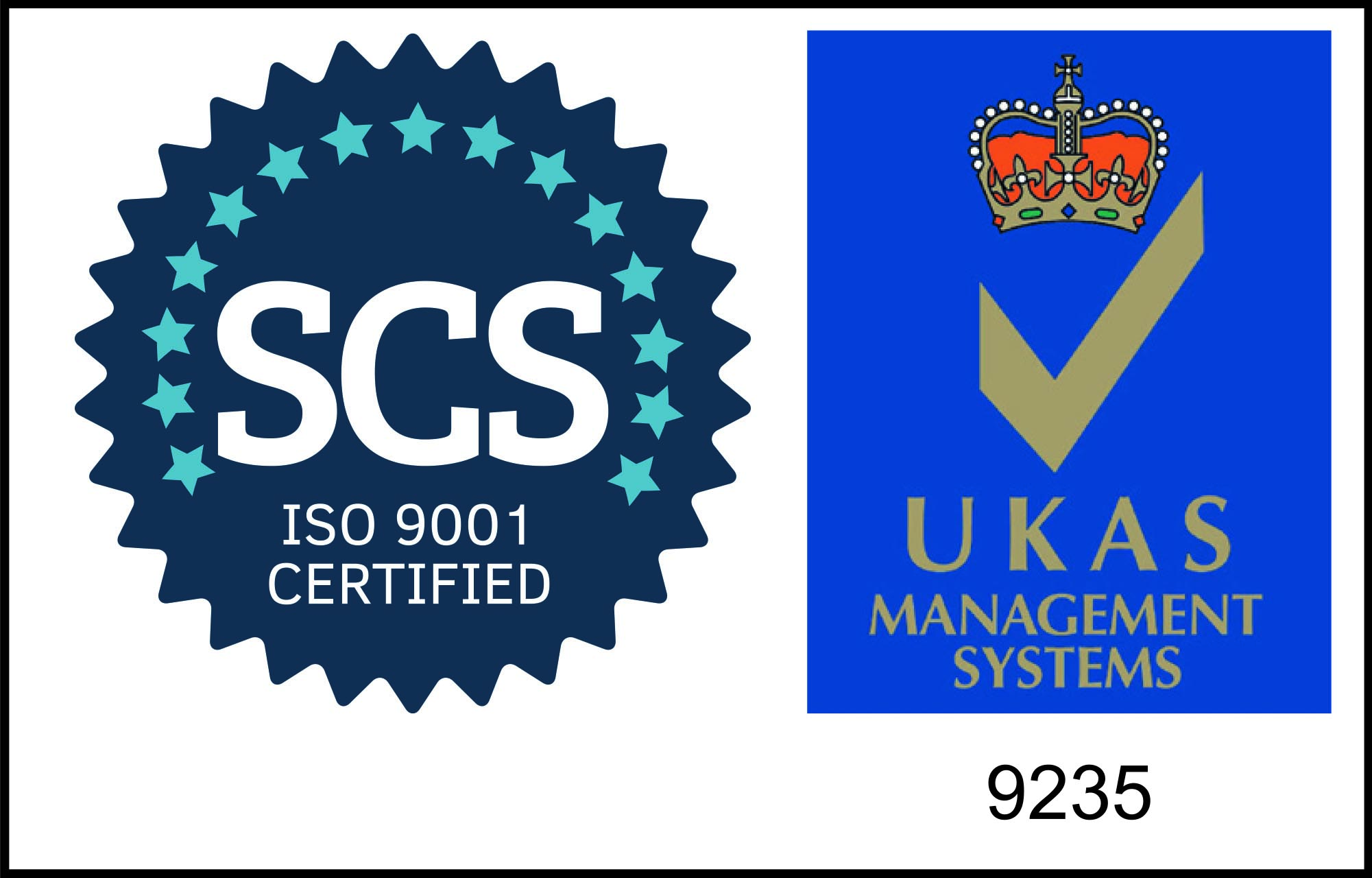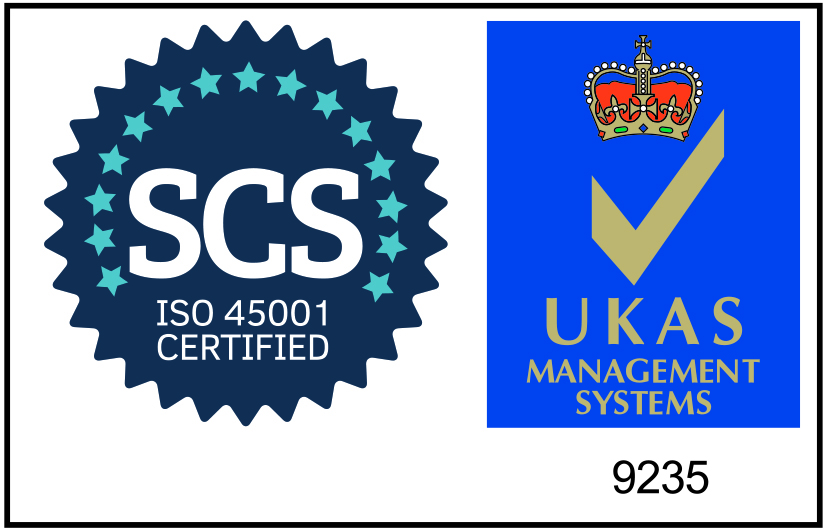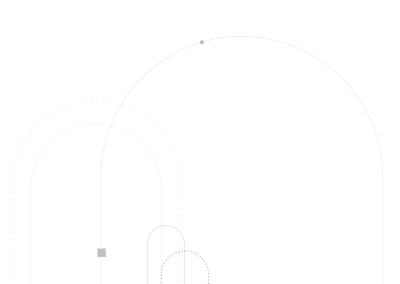Gas Safety Regulations
BB101
Building Bulletin 101 is a document produced to give guidance on the ventilation requirements within school buildings.
Building Bulletin 101 discusses both mechanical and natural ventilation within the schools building in great depth, but also makes a number of references to carbon dioxide monitoring. This is based on the need to control carbon dioxide produced by respiration of occupants. In teaching and learning spaces, in the absence of any major pollutants, carbon dioxide is taken to be the key indicator of ventilation performance for the control of indoor air quality.
Carbon dioxide should be measured at seating height and the average concentration should not exceed 1500ppm between the start and end of the day. Building Bulletin 101 states that there should be a carbon dioxide monitor fitted in every learning or teaching space in the school. The CO2 Monitor should give the staff and occupants a visual display of the conditions within the room by means of a traffic light system to notify them if the ventilation should be increased.
The CO2 Monitors can be used to automatically control the ventilation in some situations, but where this is not practical or possible then the monitors can be used just to give indication and then the occupant can act accordingly to reduce the levels of carbon dioxide in the area, for example increasing natural ventilation by means of opening windows and doors etc.
“Ventilation should be provided to limit the concentration of carbon dioxide in all teaching and learning spaces. When measured at seated head height, during the continuous period between the start and finish of teaching on any day, the average concentration of carbon dioxide should not exceed 1500 parts per million (ppm).”
“In today’s increasingly sophisticated school designs it is reasonable to consider the use of an automatic natural ventilation system together with CO2 sensing.”
“It would be beneficial to provide the occupants with some visual display of the conditions in the room. For example, this may be a display of the CO2 level either directly or by means of a ‘traffic light’ system by which the occupants could judge the need for increased ventilation.”
“Occupants need to be able to control the ventilation system, regardless of the system used.”
BB100
BS6173:2009
BS6173 was originally introduced in 2001 and then revised in 2009, this document makes reference to gas installations within commercial kitchens. It states gas should not be available within the commercial kitchen if the ventilation is not in operation, and this should be controlled by a gas interlock system.
A gas interlock system is required to be fitted within every new commercial kitchen which has been built since 2001 or has had any major refurbishment since the release of BS6173:2001.
There are a couple of different ways which a gas interlock system can check that the ventilation is in operation. Firstly, air pressure differential switches can be fitted in the ducting and will physical check for airflow before allowing the gas solenoid valve to open. Alternatively, a more modern method is to use current monitors which will check for a power supply going to the fan and control the gas solenoid valve accordingly. If either at start-up, or during the course of the operation, the fans fail or are turned off the gas solenoid valve will automatically close.
Another aspect of BS6173:2009 is gas pressure proving. The standard states if any of the catering equipment does not have a flame failure device a gas pressure proving system should be installed. A gas pressure proving system will check for any leaks on the pipework or on the appliances at start-up, in the event where a gas leak is detected then this will not allow the gas solenoid valve to open.
The majority of appliances which have been built within the last 10 years should have flame failure devices fitted, however in a kitchen where every appliances does have flame failure devices fitted then gas proving is often still recommended to carry out a gas check on the line and ensure the safety of kitchen staff in the area.
“Appliances shall be interlocked with any mechanical ventilation system that is fitted to enable their safe operation.”
“An interlock shall be provided which will cut off the gas supply or prevent the operation of appliances if the mechanical ventilation system provides an inadequate airflow rate for the safe operation of appliances and the safety of personnel.”
“An interlock on a new installation shall not be fitted with an override function.”
“Only detectors designed to operate in a commercial catering environment shall be installed. They shall give an audible alarm and be linked with an automatic gas shut‑off system which is fail-safe and requires manual intervention to restore the gas supply.”
DW/172 – Second Edition 2018
- What is DW/172 – Second Edition 2018?
- Section 14 - Solid Fuel Appliances
- Section 20 - Gas Interlocking
- Section 22 - Demand Controlled Kitchen Ventilation Systems
DW/172 is the BESA specification for Kitchen Ventilation Systems and since its release in 2005 has become widely acknowledged as the authoritative specification for kitchen ventilation design throughout the UK and many parts of the world.
DW/172 was revised in January 2018 in order to reflect current legislations and the latest cooking techniques and design of catering equipment, by all sections of the catering industry.
The sections that have been modified and amended are –
- The appliance coefficient schedule has been significantly expanded and modified
- Modification to Grease Separation
- The lighting section has been modernised
- New section for Solid Fuel Equipment
- New section for Demand Controlled Kitchen Ventilation Systems
- Gas Interlocking
- Modifications to Pollution Control
- New Section for Recirculation Systems
- Modifications to Cleaning and Maintenance
- Control Panels
This section of DW/172 – Second Edition 2018 discusses the risks and use of solid fuel appliances such as Tandoori Ovens, Charcoal Grills and wood fired pizza ovens in commercial kitchens.
Although both wood fired and charcoal fired catering equipment are both seen as solid fuel appliances they should be treated separately as they have different properties. Mainly as wood appliances produced a large amount of creosote and tar unlike charcoal burning appliances.
When discussing solid fuel appliances the document discusses that wood burning appliances should be located beneath a stand-alone canopy and extract system as they produce creosote, this is an oily liquid, which is highly flammable and can cause high risk in a commercial kitchen if not located under a standalone and suitably designed ventilation system. Charcoal appliances can be fitted under existing exhaust ventilation systems but the extract air flowrate must be correctly calculated as per Section 4, Table 2 in the full document.
Section 14.7 states that wood burning appliances should not be connected directly to a naturally vented flue to atmosphere. In a kitchen with an existing ventilation system the situation could arise that, under negative pressure, the hazardous gases could be drawn back down the flue and into the kitchen area where kitchen staff may be working at the time.
For both charcoal and wood appliances, audible and visual carbon monoxide and carbon dioxide monitors should be fitted to offer continuous protection to members of staff present in the area. The alarms shall be interlocked with the ventilation system to ensure the ventilation is on when the gases are present in order to remove them from the commercial kitchen. In the event of a power failure, evacuation procedures should be in place as the solid fuel appliance will continue to burn and release carbon monoxide but there will no means of extracting the hazardous gases from the area.
Your content goes here. Edit or remove this text inline or in the module Content settings. You can also style every aspect of this content in the module Design settings and even apply custom CSS to this text in the module Advanced settings.
DCKV systems have been discussed in previous documents such as CIBSE TM50 – Energy Efficiency in Commercial Kitchens. DW/172 – Second Edition 2018 now discusses the DCKV systems in further detail.
Demand Controlled Kitchen Ventilation Systems are aimed to control the supply and extract ventilation rates within a commercial kitchen based on the demands of the cooking activity. Once again the maximum air flow rates should be calculated using Section 4, Table 2, but considerations must be given to the heat, room temperature and potential risks of carbon monoxide and carbon dioxide.
The idea behind these systems are to reduce the energy usage within a commercial kitchen as it is argued that the ventilation system can be reduced in line with the cooking demands. It is financially beneficial as it reduces the cost of energy to run the ventilation at maximum speed, reduces the cost of tempering the supply input air and also helps to reduces noise in surrounding area.
The DCKV shall be capable of a 50% reduction in ventilation rates but should include controls to ensure that is smoke, smells and combustion products are removed from the kitchen. Section 22.6 states the minimum background ventilation of 20 changes per hour is maintained at all times in the kitchen.
IGEM/UP/11
IGEM UP/11 discusses gas safety in educational establishments such as schools, colleges and university explaining in details requirements in standard science laboratories and home economics rooms.
IGEM/UP/11 shows that it is mandatory in science laboratories to have the ability to isolate the gas supply, whether this be by means of a manual valve (ECV) such as a quarter-turn fitted by the entrance to the room, or an automatic isolation valve (gas solenoid valve) linked with an emergency stop button. However, in section 6.2.4 it does state where a gas solenoid valve is installed then a “downstream integrity check) must be included otherwise known as a gas proving test.
A gas pressure proving system will check for any leaks on the pipework or on the benches at start-up, in the event where a gas leak is detected then this will not allow the gas solenoid valve to open. There must be a means of isolation fitted in a “readily accessible position” which most often is by each main exit(s) to the room, so there is a way of shutting off the gas supply in the event of an emergency.
IGEM/UP/11 goes on to discuss the requirements for CO2 and ventilation in a home economics room to ensure the safety of the children and to ensure air quality is at a safe level. For a new installation, where ventilation is installed to extract combustible gases then this should be interlocked by means of air pressure differential switch or current monitor. Where mechanical ventilation is fitted purely for climate control within the room then the need to interlock the ventilation with the gas supply should be analysed by means of a risk assessment.
In the event where the ventilation requirements cannot be met then a carbon dioxide monitor should be installed at seating height (roughly 1.5 metres from floor level). The CO2 monitor should alarm at 2800ppm to notify the teachers or occupants to increase ventilation, where the CO2 levels in the room continue to rise and exceed 5000ppm then the gas supply should be automatically isolated.
Although it is not mentioned within IGEM/UP11, it is very popular in science laboratories to also control the electric and water supply to the benches through the gas proving system.
“Where an AIV is required the system shall include a downstream integrity check before can be re-opened.”
“Such automatic means of isolation shall, in the event of a shutdown, require manual re-setting to take place such that check is performed to prove that all the downstream gas isolation valves are closed.”
“High levels of CO2 shall cause an alarm at 2800ppm and shut down of gas supply at 5000ppm.”
IGEM UP19
IGEM UP/19 is a recommendation which was introduced in November 2014 and it is written to supersede TB140 (Edition 2) which was previously released in June 2014 and also back up a number of statements within BS6173:2009.
It states gas should not be available within the commercial kitchen if the ventilation is not in operation, and this should be controlled by a gas interlock system. IGEM/UP19 once again states that the gas interlock system can check the ventilation using either air pressure differential switch or current monitors.
IGEM/UP19 does clarify a number of things which are listed in BS6173:2009 however it makes a lot more references to carbon dioxide monitoring within a commercial kitchen. CO2 Monitors should be considered within a commercial kitchen, which hasn’t had any major refurbishment, and there is no gas interlock system is fitted as a means of indicating to staff when the carbon dioxide is increasing and to notify them that they should increase the ventilation within the area.
Also, IGEM/UP19 states that a carbon dioxide monitor should be fitted when there is a variable speed controller to control the ventilation. Where variable speed controllers are fitted the end user has the ability to have all the gas appliances in operation but just trickle the ventilation at a low speed and therefore the CO2 is likely to increase. The CO2 Monitor should alarm at first and second stage, the first stage warning staff at 2800ppm to let them know that they should increase ventilation. In the event where the CO2 continues to rise and the ventilation is not increased, once the CO2 Monitor reaches 5000ppm then (where applicable) the gas solenoid valve shut be closed.
Positioning of the CO2 Monitors within the commercial kitchen is included within DW172 – Edition 2.
“In accordance with BS6173 over-rides to interlocks and interlock systems are not permitted and, as appropriate the responsible person shall be advised accordingly including within any written report.”
“Actuation of an alarm when the CO2 level is above 2800ppm shall cause a visual or audible warning to occur. If the CO2 level rises above 5000ppm, any interlock shall cause lockout of the gas system to occur”
“CO2 Monitoring alone is not acceptable as the main interlock for Type B appliances but may be used in conjunction with air flow, air pressure or fan power monitoring”
“When a demand controlled or variable speed system is installed an environmental sensor such as a CO2, steam or temperature sensor shall be included as part of the gas interlock requirements specified in clause 5.2.1.1 and clause 5.2.1.2 or clause 5.2.1.3.”
Need some advice?
Our team of fixed gas detection engineers have a wide range of expertise in specifying systems to suit your specific requirements and to discuss and installation and commissioning queries.
Contact us
Office
156 Woodburn Road, Carrickfergus, BT38 9AB,
Co. Antrim
Certificates
ISO 14001
ISO 9001
ISO 45001
Customer Service
Get in Touch: +44 (0)2893 350 425





